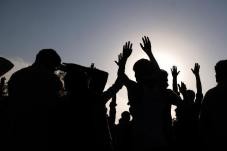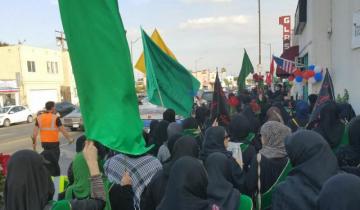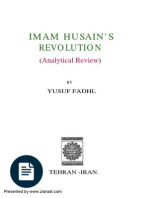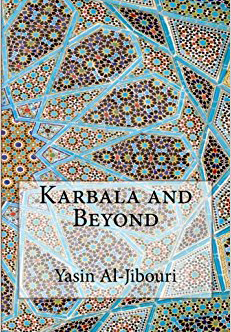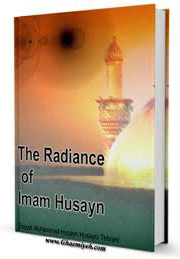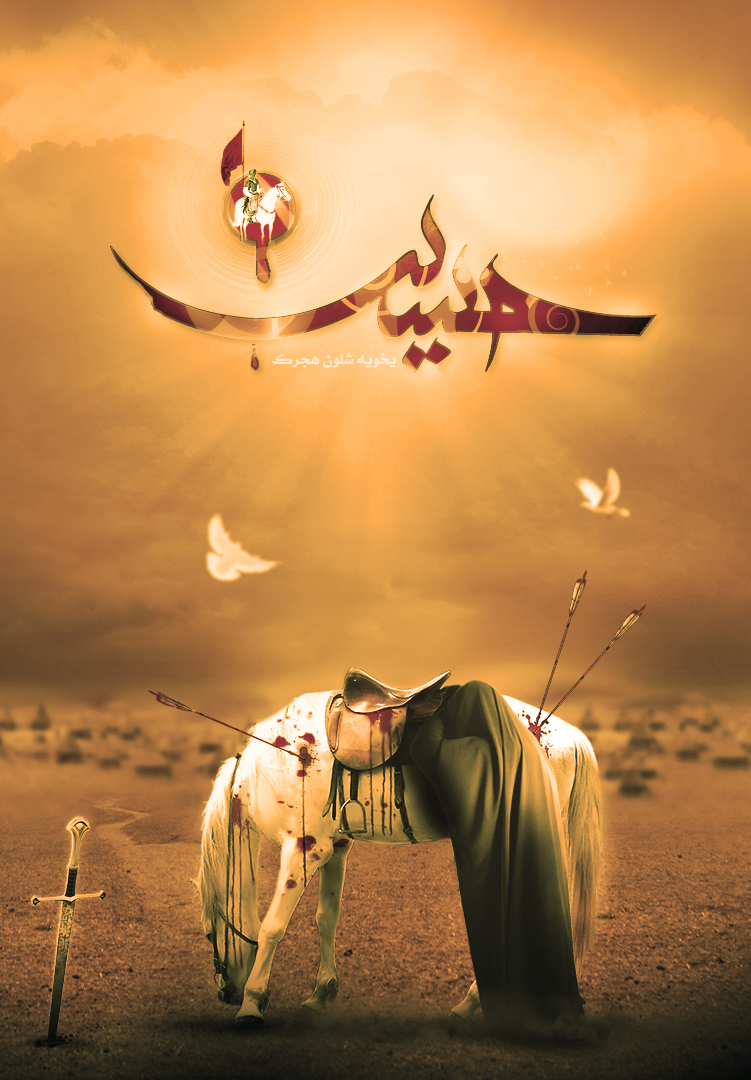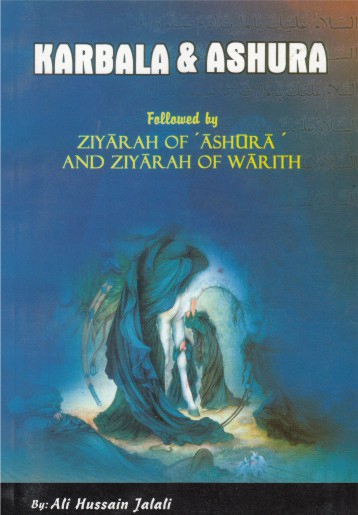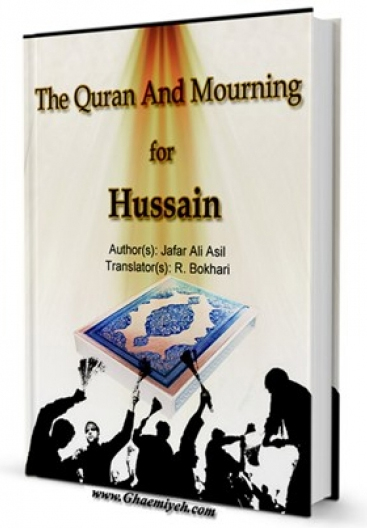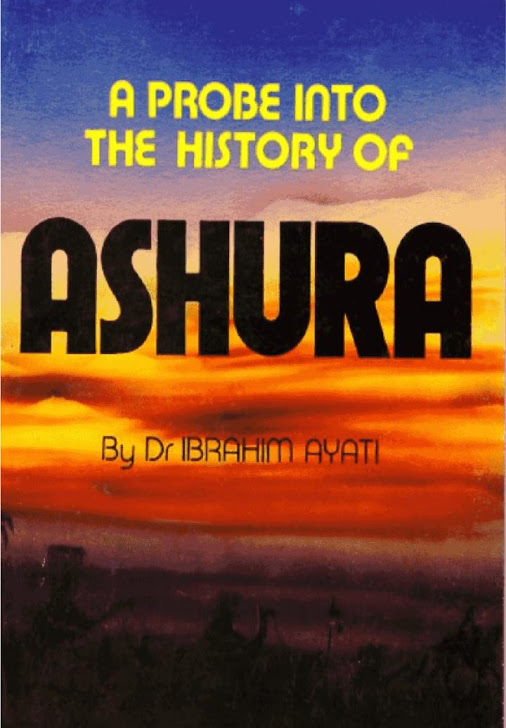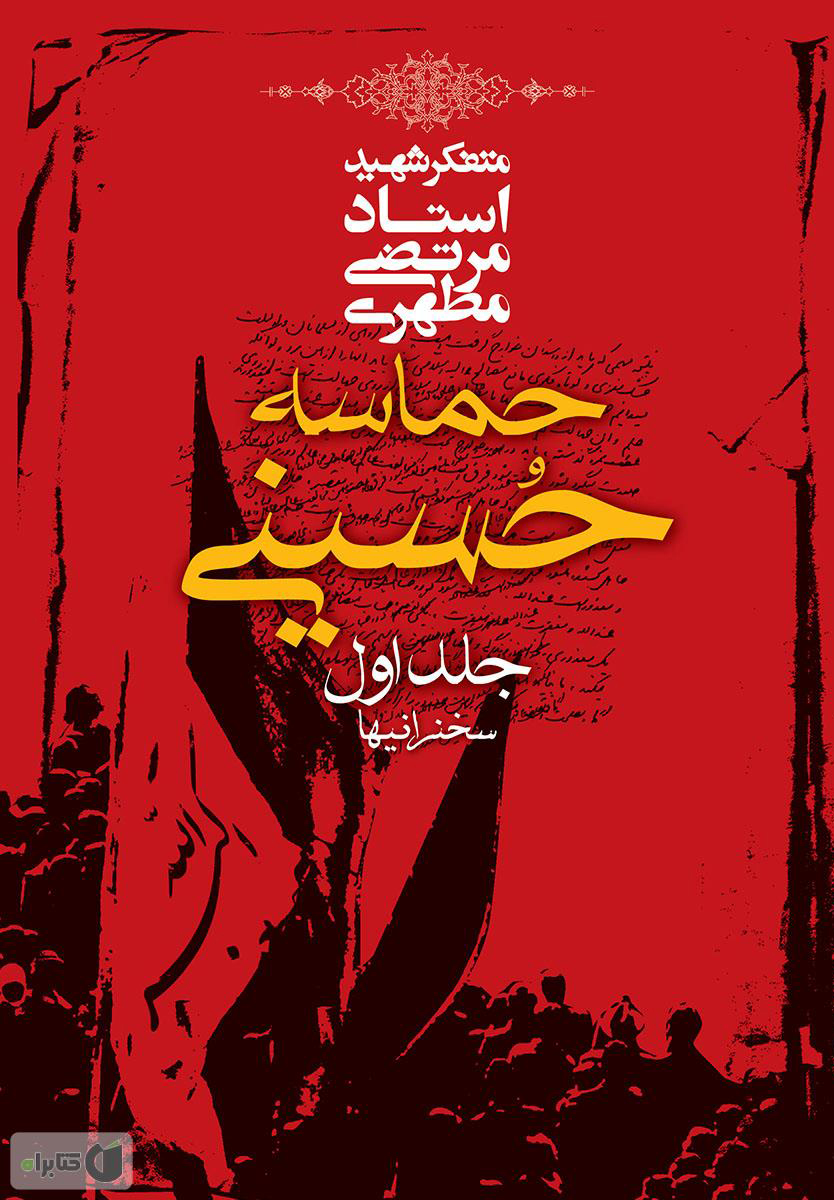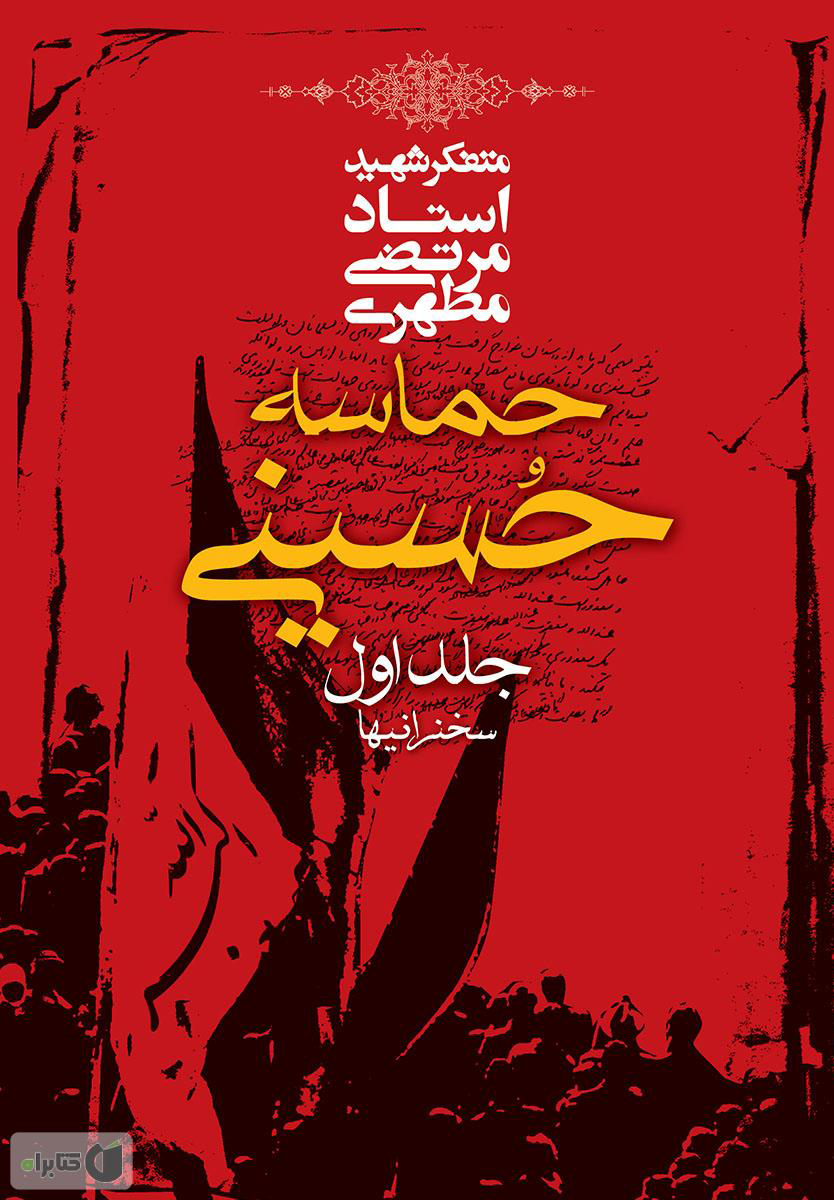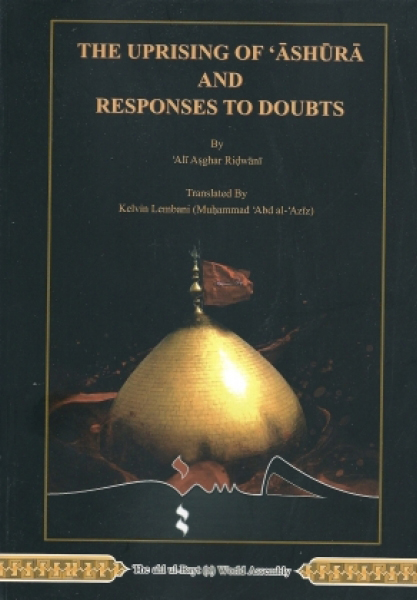
One of the precepts strongly recommended by the divine law of Islam (shari‘ah) is holding ceremonies with the intention of paying homage to the signs of Allah. Upholding this precept is considered an act resulting from the piety of the hearts.
Among such benefits is the intensive urge (which reaches the limit of consecutive reporting) to weep over what happened to the Master of Martyrs, so much so that it has been reported that one who sheds a tear as little as the wing of a fly, his tear will put out the fire of hell.
The Mourning of Muharram (or Remembrance of Muharram or Muharram Observances) is a set of rituals associated with both Shia and Sunni Islam. The commemoration falls in Muharram, the first month of the Islamic calendar. Many of the events associated with the ritual take place in congregation halls known as Hussainia.
The event marks the anniversary of the Battle of Karbala, when Imam Husayn ibn Ali (as), the grandson of holy Prophet Muhammad (saaw), was killed by the forces of the second Umayyad caliph Yazeed. Family members accompanying him were killed or subjected to humiliation.
According to sources, The mourning of Muharram was started by the family, especially womenfolk, of Prophet Muhammad (saaw) (the Ahl-ul-Bayt) immediately after the death of his grandson and even before entering Damascus. Following the battle of Karbala, the Prophet's (saaw) granddaughter, and sister of Imam Husayn (as) Hazrat Zaynab bint Ali (as) began mourning for the fallen and making speeches against Imam Husayn ibn Ali's (as) opponents: Ibn Ziyad and Yazid. News of Imam Husayn ibn Ali's (as) death was spread by Imam Zain-ul-Abideen (as), who succeeded Imam Husayn (as) as the Imam, via sermons and speeches throughout Iraq, Syria and Hejaz.
According to the History of the Prophets and Kings, when Imam Ali ibn Husayn Zayn al-Abidin (as) gave the sermon in presence of Yazid, he let them hold the mourning of Imam Husayn ibn Ali (as) for three days in a formal manner.
During the Umayyad Caliphate, the mourning of Imam Husayn's (as) killing was performed furtively in the homes of Shia Imam and their followers, but during the Abbasid Caliphate this mourning was observed in public mosques by the Abbasid rulers to draw a people’s attention.
After almost 12 centuries, different types of major rituals were developed around the battle of Karbala. These rituals include the memorial services (majalis al-ta'ziya), the visitation of Imam Husayn's (as) tomb in Karbala particularly on the occasion of the tenth day of Ashura and the fortieth day after the battle (Ziyarat Ashura and ziyarat al-Arba'in), the public mourning processions (al-mawakib al-husayniyya or the representation of the battle of Karbala in the form of a play (the shabih).
SOURCES:
1. Book "The Uprising of Ashura and Responses to Doubts", by author Ali Asghar Ridwani
(https://www.al-islam.org/uprising-ashura-and-responses-doubts-ali-asghar-ridwani)
2. Book "Maqtal al-Husayn" by author Abd al Razzaq al-Muqarram. (https://www.al-islam.org/maqtal-al-husayn-abd-al-razzaq-al-muqarram)
3. Wikipedia. (https://en.wikipedia.org/wiki/Mourning_of_Muharram)
-
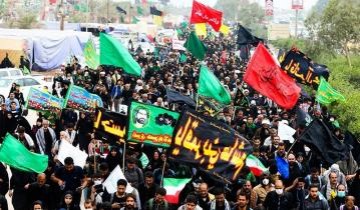 Arbaeen 2017: Pilgrims Flocking to Karbala for Arbaeen (PHOTOS)
Arbaeen 2017: Pilgrims Flocking to Karbala for Arbaeen (PHOTOS)
-
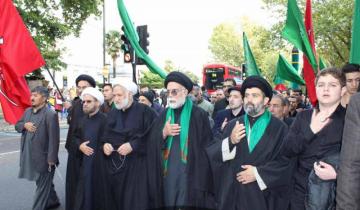 Ashura 2016: The annual Ashura day procession in London (PHOTOS)
Ashura 2016: The annual Ashura day procession in London (PHOTOS)
-
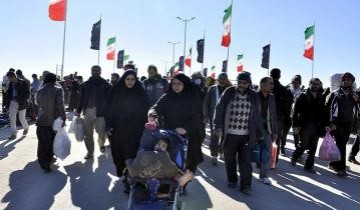 Arbaeen 2016: World Shiite Muslims Commemorate Arbaeen (PHOTOS)
Arbaeen 2016: World Shiite Muslims Commemorate Arbaeen (PHOTOS)
-
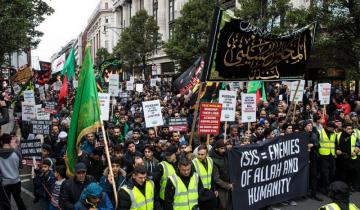 Ashura 2017: Thousands of Muslims march on Ashura day in London (PHOTOS)
Ashura 2017: Thousands of Muslims march on Ashura day in London (PHOTOS)
-
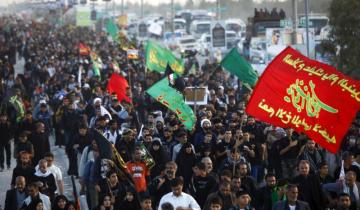 Arbaeen 2015: Millions of pilgrims throng Iraq's Karbala (PHOTOS)
Arbaeen 2015: Millions of pilgrims throng Iraq's Karbala (PHOTOS)
 Library
Library 










